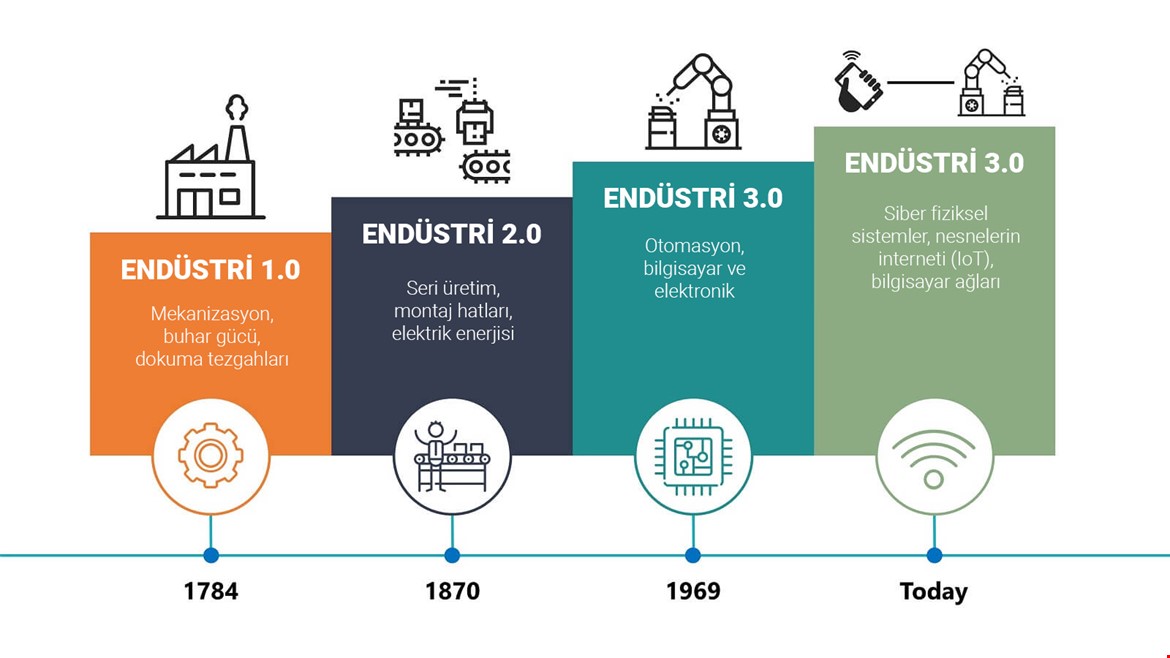"Training duration 3 days"
Software Testing is a collection of software errors or software checks that assess the functionality of an upgraded software or an existing software, as well as the quality and functionality of the changes. To determine the test levels for the software to be tested, to select test techniques, to apply static and dynamic test analyzes, to define the test strategy and test objectives, to plan, to estimate, to carry out test processes, to monitor tasks. To match tasks with competencies, to lead test teams, to organize communication between test team members and all other stakeholders. Providing reporting of information and decisions; Becoming competent in testing expertise ...
Software Testing Basics
- What is Software Testing?
- Why is the Test Needed?
- Factors affecting the success of the test project
- 7 Basic Test Principle
- Ethical Rules
Testing Place on Software Development Cycle - Psychological Dimension of Test
- The Basics of the Test Process
- Basic testing processes
- Verification and Confirmation
- Test Levels (unit, system, integration, user acceptance tests)
- Test types (functional, performance, structural, validation tests)
Management of the Test Project - Roles and responsibilities
- Organization of test suite
- Setting up the test environment
- Establishment of test strategy and plan
- Monitoring and Controlling Test Progress
- Configuration Management
- Risk Management and Software Testing
- Establishing the Error Life Cycle
Dynamic Tests - Black box testing techniques
- Equivalence class test technique
- Endpoint test technique
- Business scenario test technique
- White box test technique
- Researcher testing technique
Static Tests - Review Process
- Activities
- Role and responsibilities
- Types of inspections
- Success factors
- Static analysis tools
Test Automation Tools - Issues to be considered in test automation
- Test automation tools selection process
- Test planning and management tools
- Static test automation tools
- Dynamic test automation tools










